Over the past 70 years, the entertainment industry has grown exponentially with the growth of television, YouTube, social networks, etc. Users have access to content anytime, anywhere. Forms such as listening to music and watching movies online have grown strongly, while traditional forms have declined or remained stagnant.
Sharing at the seminar "Solving copyright protection for the music - film - digital television industry", Mr. Nguyen Ngoc Han, General Director of Thu Do Multimedia shared that Vietnam currently has about 50 million OTT users.
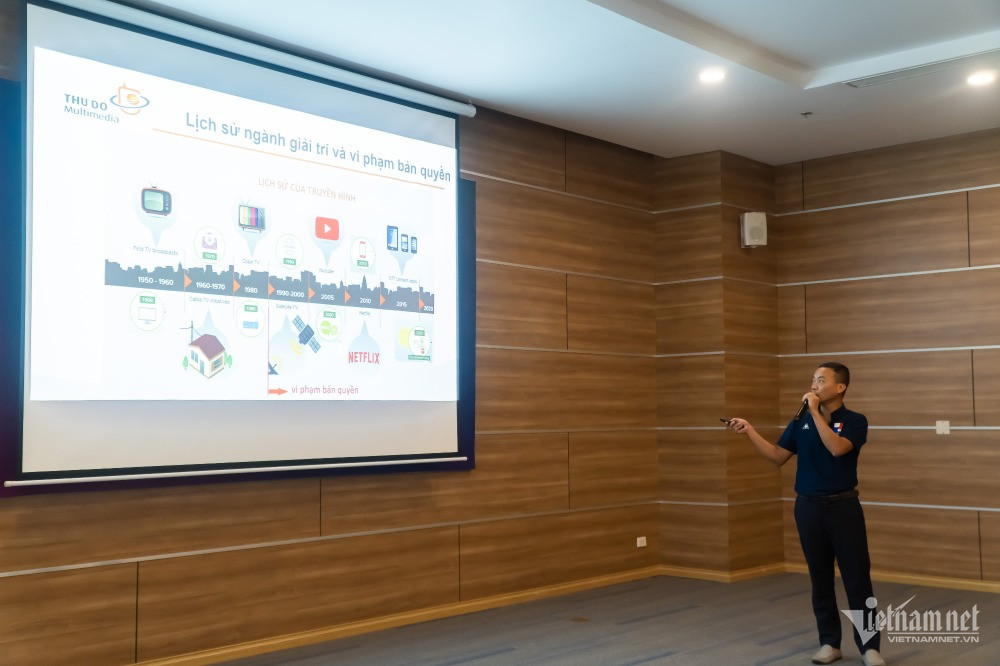
Since the 1990s, the concept of copyright infringement has also emerged thanks to the popularity of the Internet. The digital revolution has posed unprecedented challenges in content security and copyright protection, requiring new solutions to protect content from a range of copyright infringement risks.
Although Vietnam has implemented measures to block domain names or deploy digital rights management (DRM) solutions to prevent unauthorized access and distribution, it is still not enough and requires a multi-dimensional solution. In particular, DRM has vulnerabilities that allow packet spoofing to be exploited to deceive the license server and bypass the authentication of granting permission to access content for untrusted accounts.
In addition, OTT TV providers and online publishers face other risks such as: cross-border violations using VPN, violations on multiple platforms (mobile, set-top boxes, web), and violations by re-streaming.
Copyright infringers are willing to use cameras to record live and replay on other platforms, or plug in HDMI to record content and distribute it on the Internet.
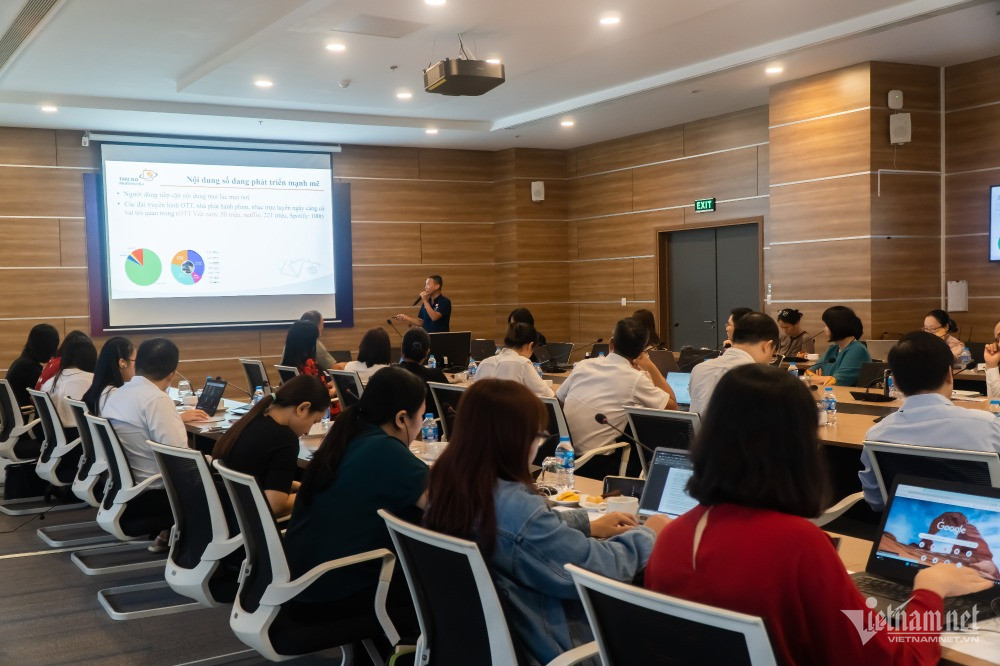
Mr. Nguyen Ngoc Han informed that 80% of violations occurred on digital platforms, in which the most violated content was TV shows (49.4%), movies (17.1%), music (16%), books (11.2%) and software (6.2%).
In Vietnam alone, copyright infringement cost the industry $348 million in 2022. Globally, the figure is $65 billion for the three industries of music, film and television. Without copyright protection, content producers will not have the budget to invest in new projects to serve users.
Faced with this situation, device manufacturers have applied measures such as deleting offending device lines and upgrading software, but they cannot provide comprehensive protection.
There needs to be a multi-dimensional solution with an additional layer of active observation that observes and reports all interventions from the operating system and intervention software before granting viewing rights; granting rights to each device flexibly according to each content and self-analyzing and intelligently reporting on copyright infringement trends and copyright infringement methods, thereby proposing appropriate copyright protection solutions.
Capital Multimedia has developed the Sigma Multi-DRM solution, which includes three layers of protection tested by Catersian, applying artificial intelligence (AI) to solve the complex problems of copyright infringement.
The Active Observation (SAO) solution includes five key features: Multi-dimensional threat detection, VPN detection and removal, packet spoofing resistance, user behavior analysis, and real-time intelligence.
By using Sigma Multi-DRM integrated with SAO, OTT TV service providers and online music and movie publishers can protect exclusive content, enhance brand reputation, optimize revenue and be proactive in security.
According to Mr. Nguyen Ngoc Han, regarding copyright infringement, part of the fault lies with the copyright owner for not protecting the content from the beginning. At the recording studios, as soon as they record, they attach a code to confirm that the recording was produced in the studio. When it is broadcast on the Internet, it is possible to know which studio they recorded it in.
For the Sigma Multi-DRM solution, Thu Do Multimedia is ready to accompany state management agencies and copyright-owning enterprises to create an environment for content protection. This is also a way for the country's economy and the content entertainment industry to develop.
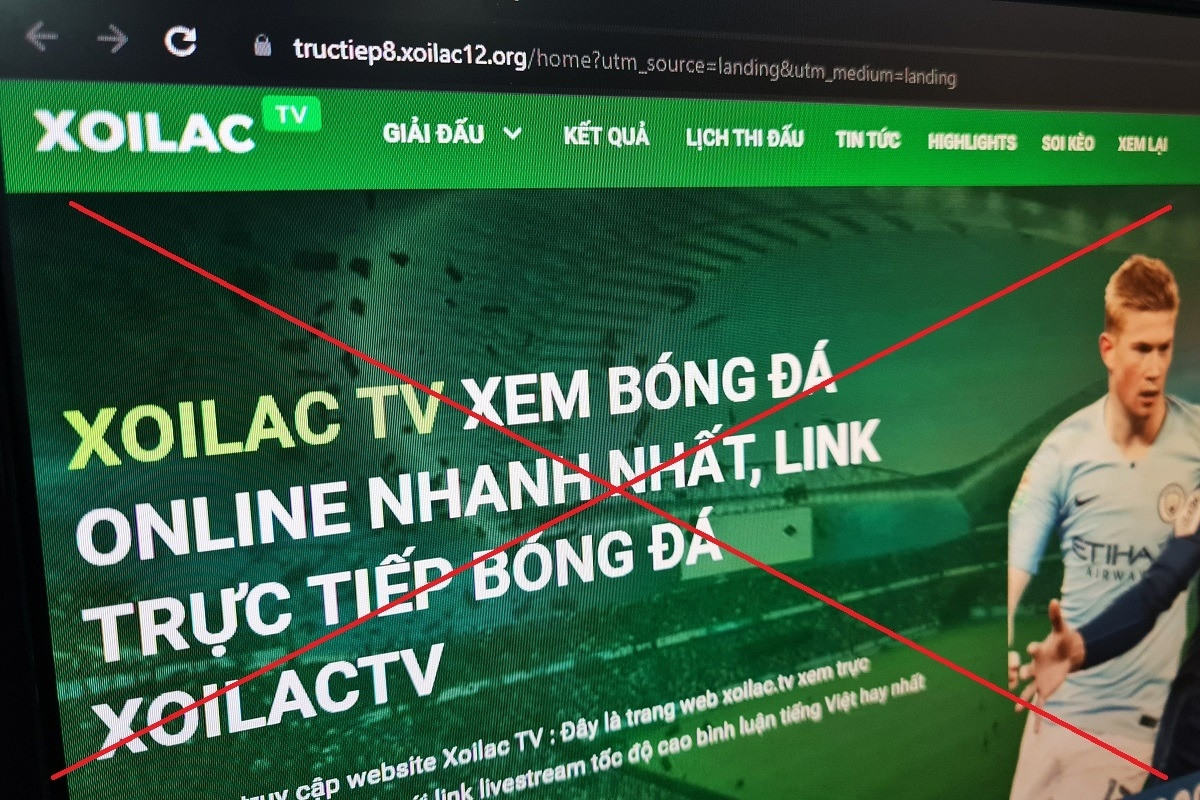
Source








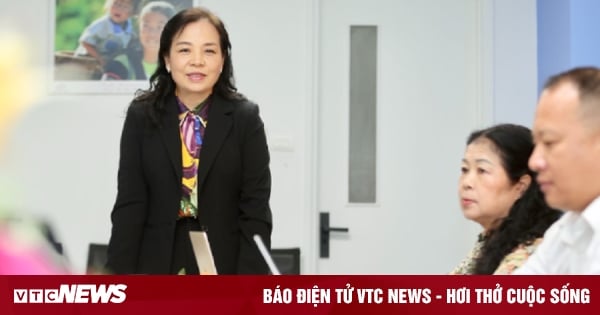

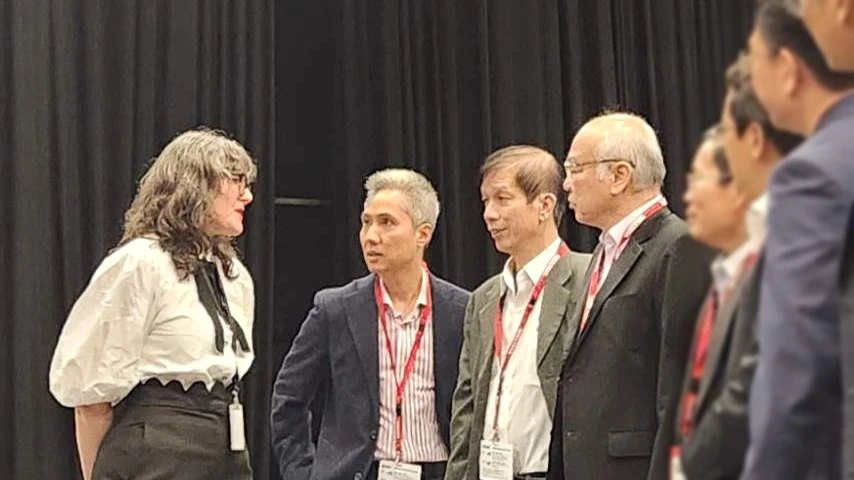

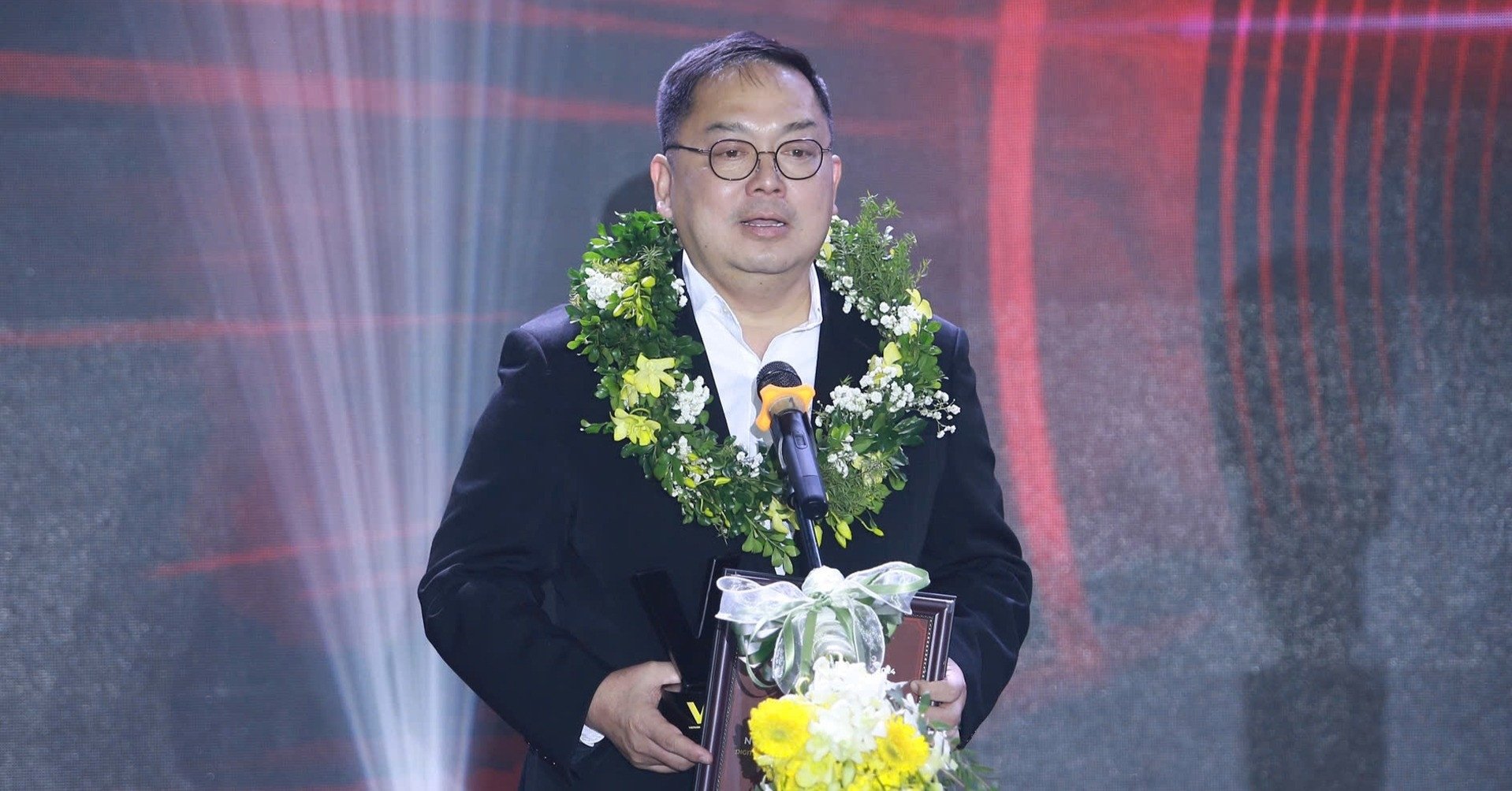

























![[Photo] Prime Minister Pham Minh Chinh chairs Government Conference with localities on economic growth](https://vstatic.vietnam.vn/vietnam/resource/IMAGE/2025/2/21/f34583484f2643a2a2b72168a0d64baa)


























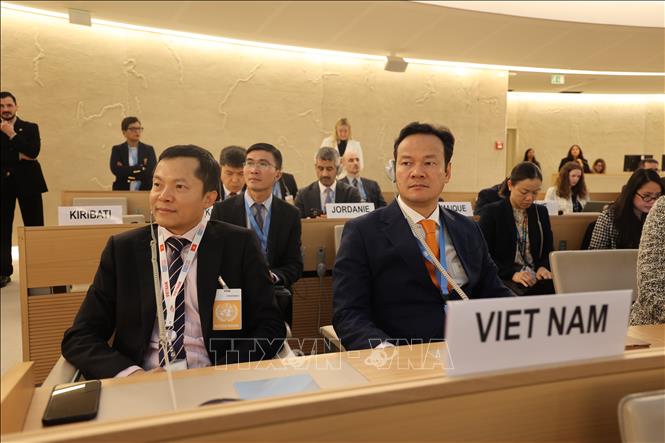































Comment (0)